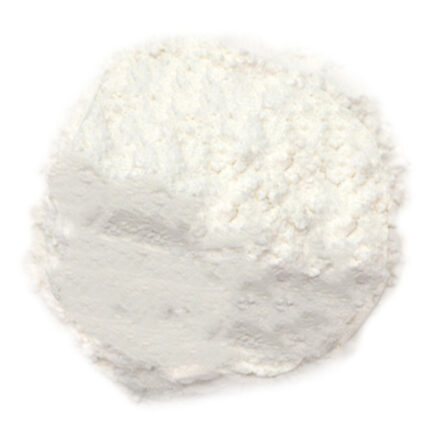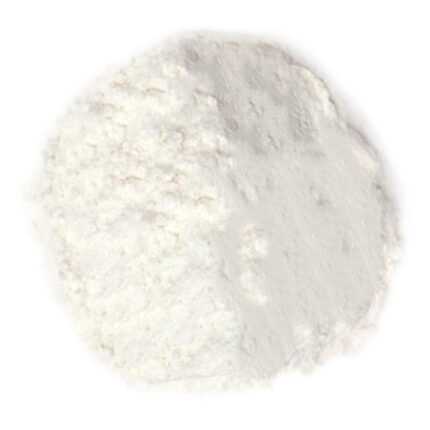California Dried Apricots – Sweet and Tangy Fruit Halves for Baking, Mixes, SnackingSulphured Dried Apricot Halves with Moist, Tender TextureSweet and Tangy Taste is Great for Snacking, Trail Mix, Baking, Cooking, DIppingUse As is or Chopped in Sweet or Savory RecipesNon-GMO, Gluten Free, Vegan, No Added Sugar
Our CA extra fancy dried apricots are top-grade dried fruit halves with a naturally sweet and tangy flavor ideal for sweet or savory dishes and snacking. These tender, moist morsels can be used as is, or chopped for easy inclusion in batters, dough, sauces, and mixes. OliveNation’s California dried apricots are 100% natural fruit with sulphur dioxide added as a preservative, and retain all their nutritional benefits. Use these delicious, naturally sweet fruits as a healthy snack, or add to fruited breads, pastries, sauces, and preserves for texture and flavor. California dried apricots for baking add a burst of chewy and moist fruity taste in classics like fruitcake, Danish-style filled pastry, jams, chutney, salsas, and are perfect in savory rice, meat, poultry, and seafood dishes as well. Because these non-GMO dried fruits are naturally gluten free, vegan friendly, and contain no added sugars, they are a great way to add flavor as well as nutritional value and texture to recipes and snacks designed for specialty diets.
Creating clear and transparent shipping and handling policies is crucial for a commodity trading company like Agropastoral Products Co., Ltd. Here's a framework for the Shipping and Handling Policy:
1. Shipping Policy:
a. Shipping Process: - Detail the steps involved in the shipping process, from order placement to delivery.
b. Shipping Rates: - Specify the shipping costs associated with various products or order amounts.
c. Delivery Timeframe: - Provide estimated delivery times based on location and shipping method.
d. Shipping Carriers: - Name the shipping carriers used and any partnerships that may influence shipping.
e. International Shipping: - Explain international shipping options, rates, and potential customs or import duties.
f. Tracking Information: - Describe how customers can track their orders and obtain tracking information.
g. Shipping Restrictions: - List any countries, regions, or products where shipping may be restricted or limited.
2. Handling Policy:
a. Packaging: - Describe how products are packaged to ensure safe transit and delivery.
b. Quality Assurance: - Explain any quality control measures or checks in place during the handling process.
c. Fragile Items: - Provide special handling instructions for fragile or delicate commodities.
d. Inventory Management: - Detail how inventory is managed to maintain accuracy and prevent errors in order fulfillment.
e. Returns and Exchanges: - Outline the process for handling returns, exchanges, or replacements related to shipping issues or damaged items.
3. Additional Policies:
a. Lost or Damaged Items: - Explain the procedure for reporting and addressing lost or damaged items during shipping.
b. Split Shipments: - Describe under what circumstances the company may split an order into multiple shipments and how this is communicated to the customer.
c. Free Shipping Offers: - Clarify conditions for free shipping, such as minimum order amounts or specific products.
d. Holiday or Peak Season Shipping: - Provide information about any special considerations or delays during peak seasons or holidays.
e. Force Majeure: - Address how the company handles unforeseen events like natural disasters, strikes, or other force majeure events affecting shipping and delivery.
f. Contact Information: - Provide contact details for customers to reach out for shipping-related queries, concerns, or support.
Regularly update and review these policies to ensure they align with your company's operations and any changes in shipping or handling processes. Communicating these policies clearly to your customers will help manage their expectations and provide a positive shopping experience.












Reviews
There are no reviews yet.